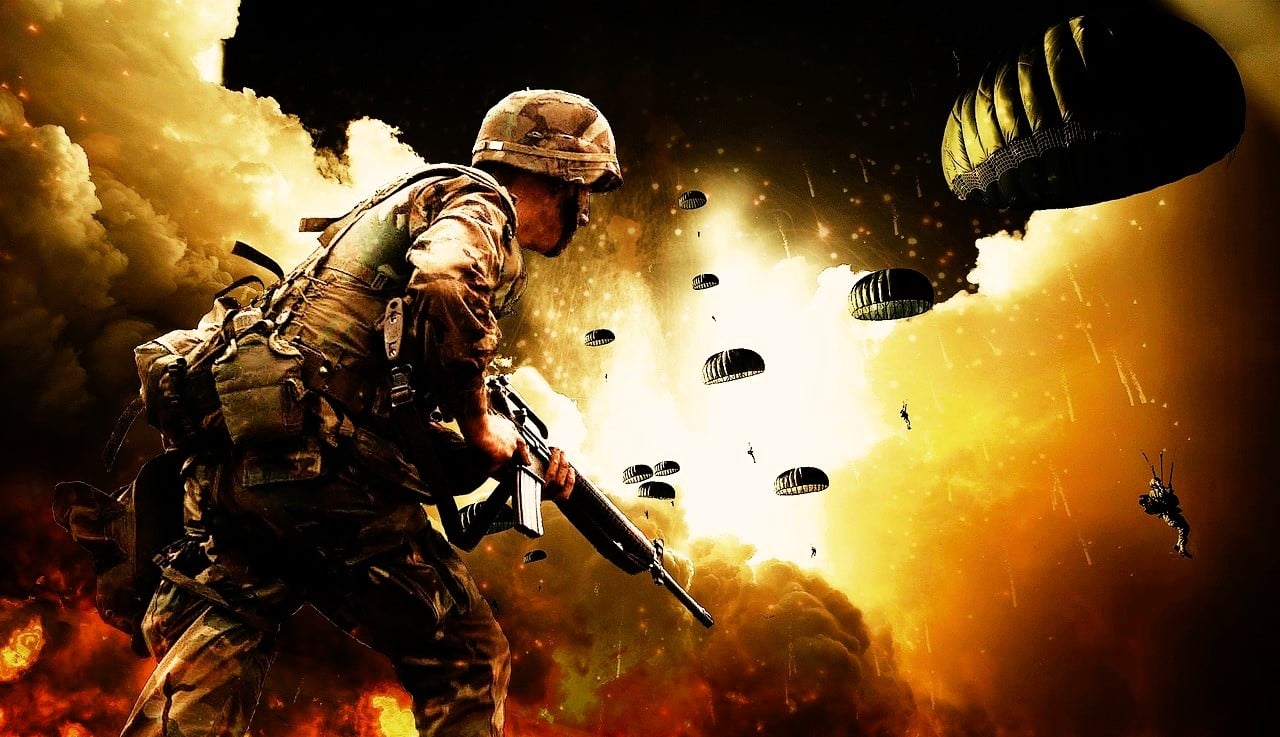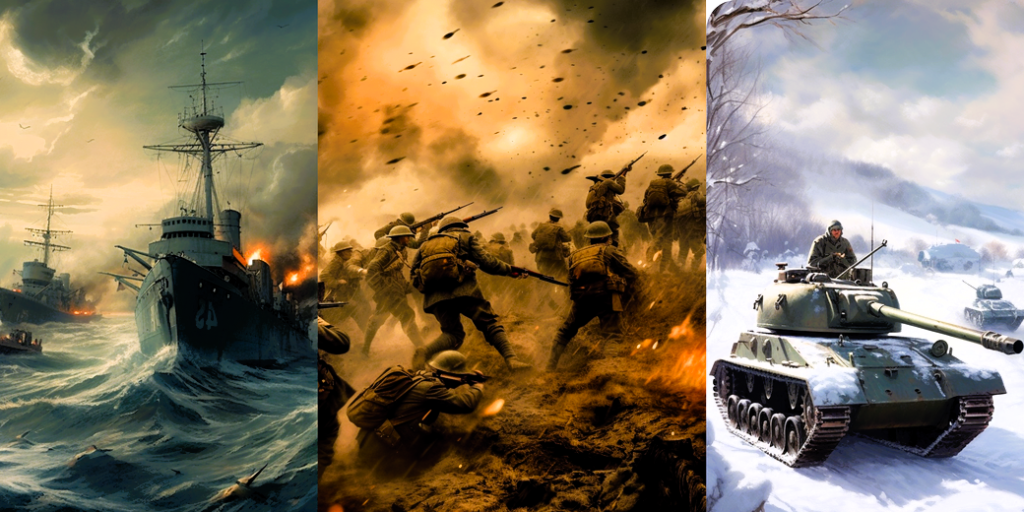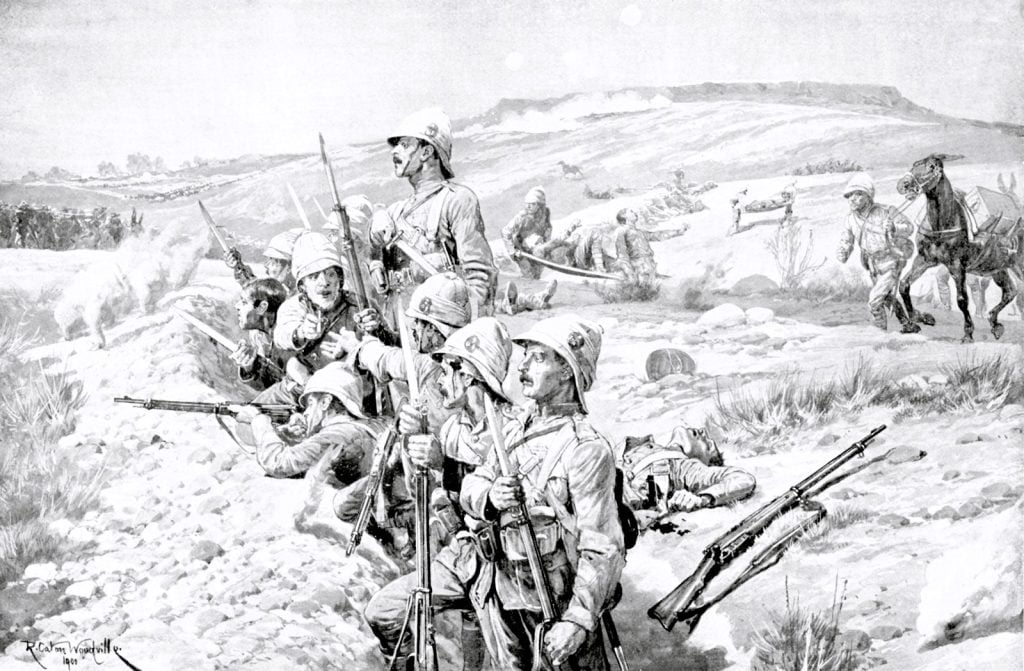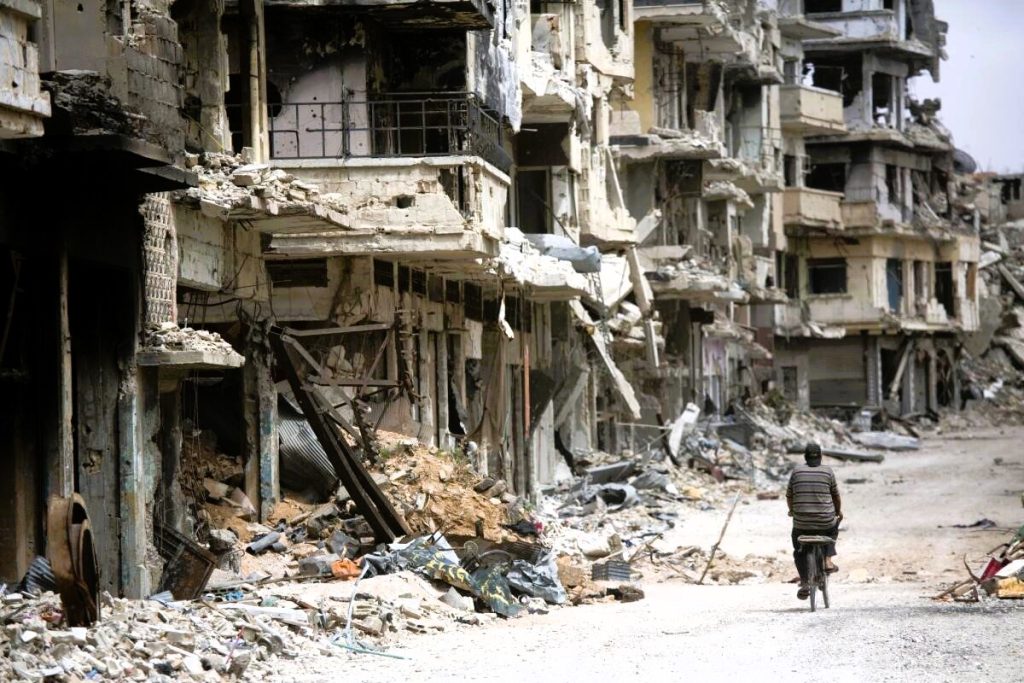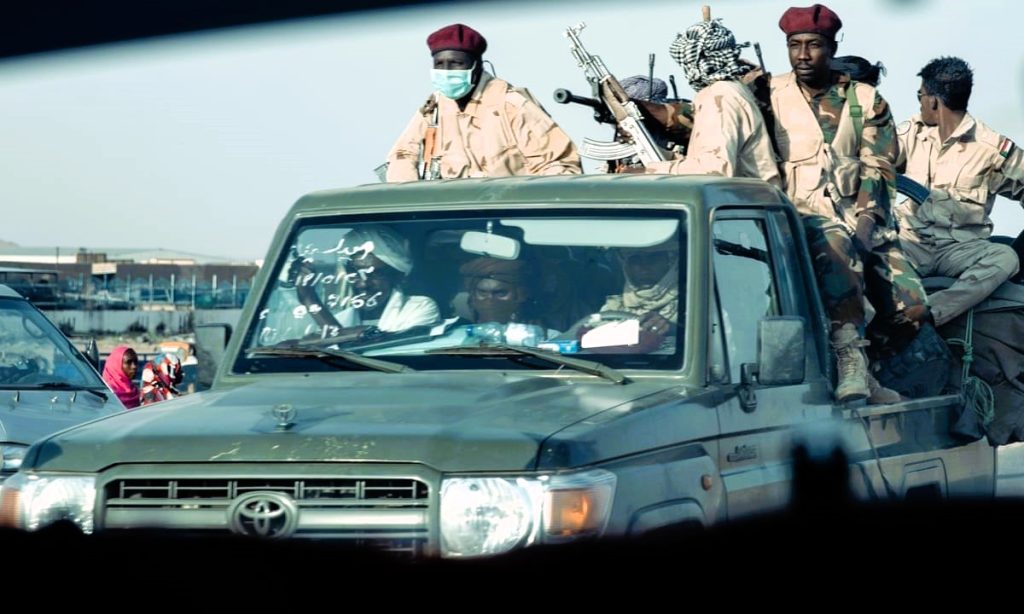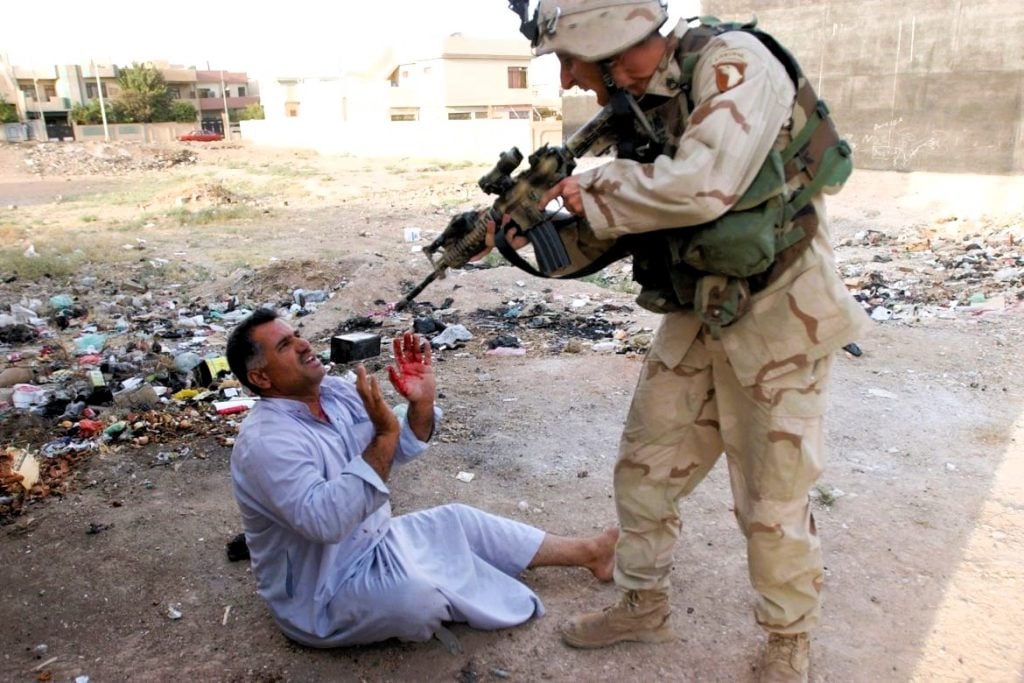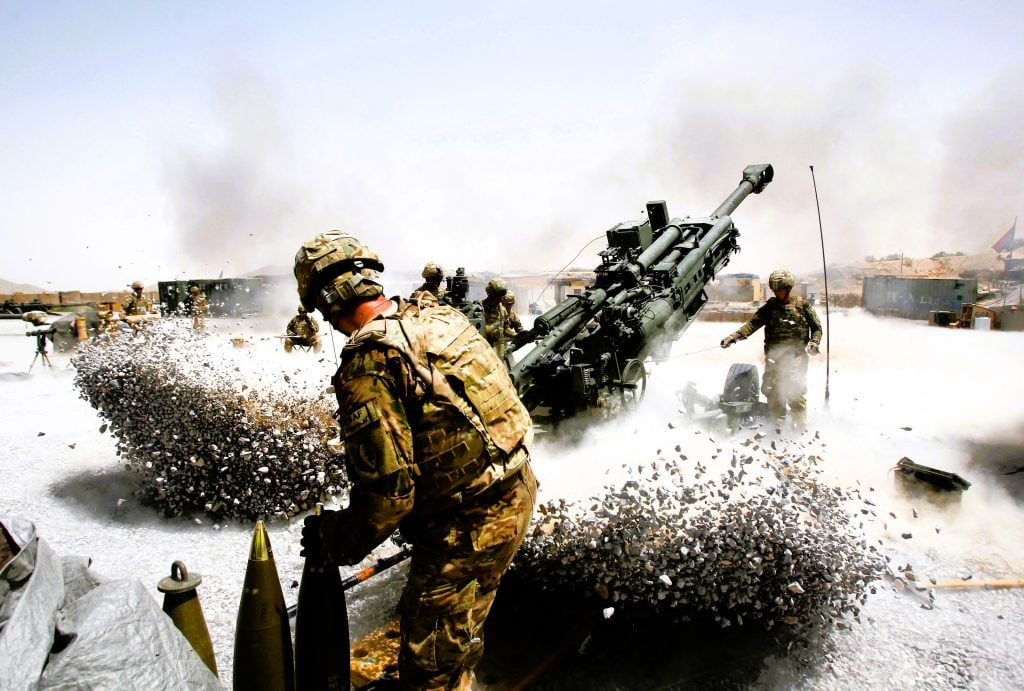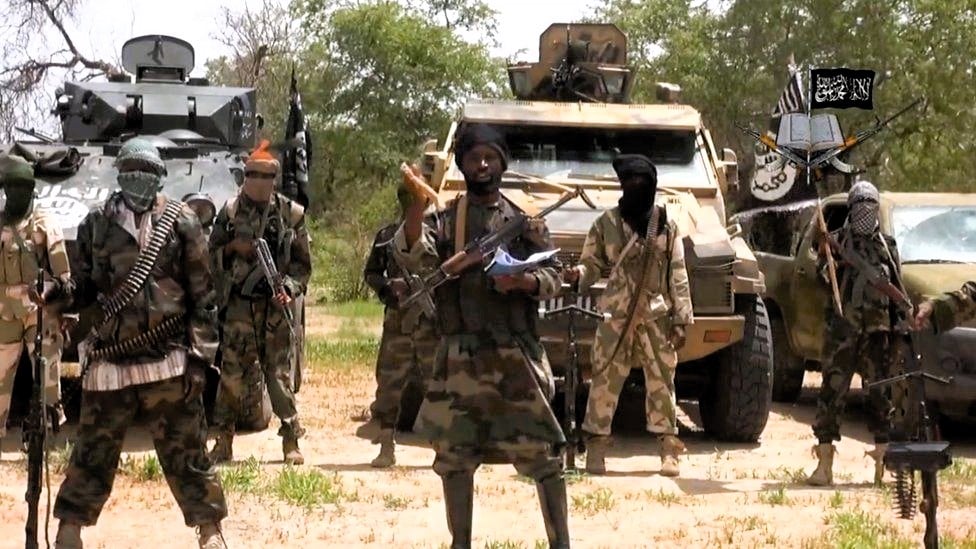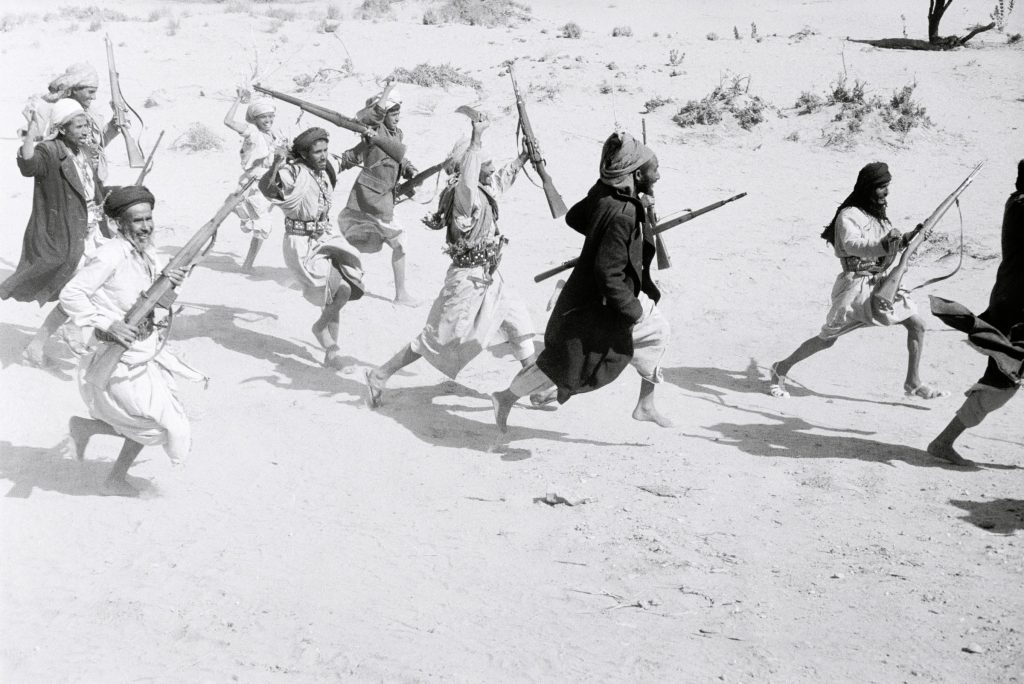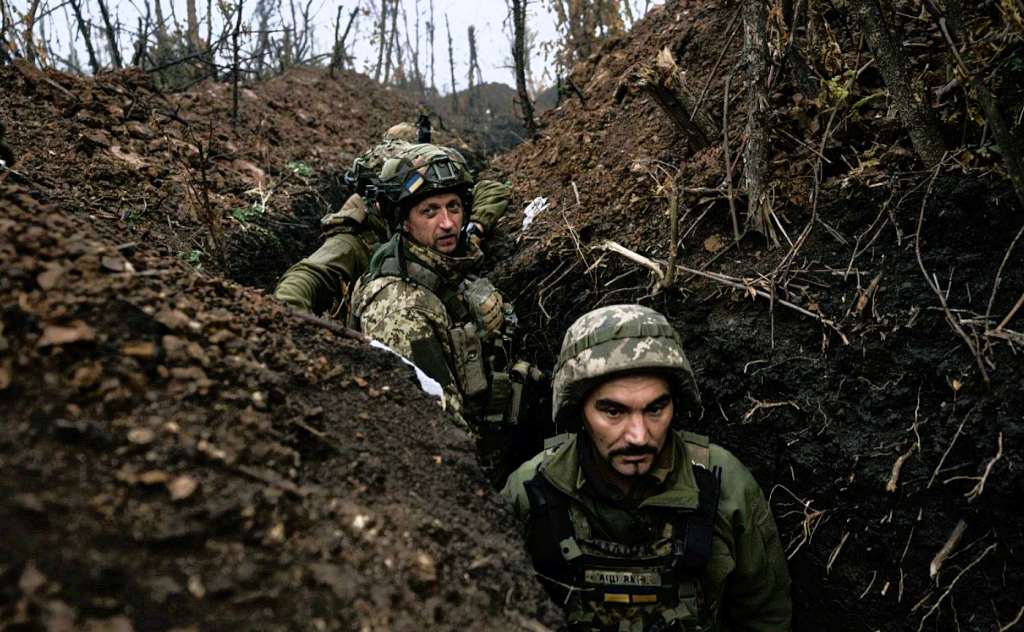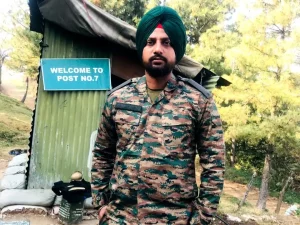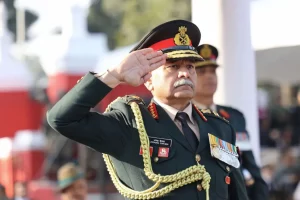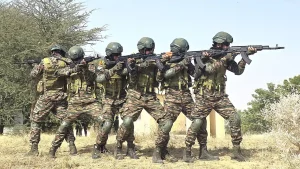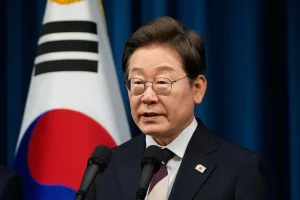Modern World In the aftermath of the Cold War, the international community was hopeful that the 21st century would usher in an era of global peace and prosperity. However, this optimistic vision was soon shattered by the emergence of new and complex geopolitical conflicts that have claimed the lives of hundreds of thousands of people worldwide. From the protracted civil wars in the Middle East to the ethnic tensions that have ravaged parts of Africa, the past two decades have witnessed some of the most Deadliest wars in modern history.
1. The Second Congo War
The Second Congo War, also known as the Great War of Africa or Africa’s First World War, stands out as the deadliest conflict of the 21st century. This complex and multifaceted war, which erupted in 1998, was a direct consequence of the Rwandan genocide and the subsequent political upheaval in the region. The overthrow of Zairean President Mobutu Sese Seko and the renaming of Zaire to the Democratic Republic of the Congo (DRC) by rebel leader Laurent Kabila set the stage for a bloody power struggle that would ultimately draw in the armies of nine different countries and a myriad of affiliated militias.
The eastern third of the DRC became a battleground that mirrored the horrors of the Western Front during World War I, with mass rapes, resource plundering, and the devastation of the countryside. It is estimated that the conflict claimed the lives of approximately three million people, most of whom were civilians who succumbed to disease or malnutrition as a result of the fighting. The Second Congo War stands as a grim testament to the devastating consequences of ethnic tensions, resource conflicts, and the involvement of regional and global powers in the affairs of a fragile state.
Akash Surface-to-Air Missile System
2. The Syrian Civil War
As the Arab Spring swept through the Middle East, the uprising in Syria quickly descended into a full-blown civil war. President Bashar al-Assad’s brutal crackdown on pro-democracy protesters, coupled with the emergence of various rebel factions and the rise of the Islamic State in Iraq and the Levant (ISIL), has transformed Syria into a cauldron of violence and instability.
The Syrian Civil War has been marked by the use of increasingly desperate and savage tactics by the Assad regime, including the deployment of barrel bombs and chemical weapons against civilian populations. The conflict has also drawn in regional powers and global superpowers, further complicating the path to a resolution. By 2016, it was estimated that 1 in 10 Syrians had been killed or wounded, and the country’s life expectancy had plummeted from over 70 years to just 55 years. As of 2022, the United Nations estimates that the fighting has claimed the lives of more than 300,000 civilians, a staggering figure that underscores the immense human toll of this ongoing conflict.
3. The Darfur Conflict
In early 2003, the Darfur region of western Sudan became the site of a violent conflict that the U.S. government would later describe as the first genocide of the 21st century. Rebel groups in Darfur, seeking to address longstanding grievances against the Khartoum-based regime of President Omar al-Bashir, took up arms, prompting a brutal crackdown by the Sudanese government.
The Sudanese government equipped and supported Arab militias known as Janjaweed, who conducted a targeted campaign of terrorism and ethnic cleansing against the civilian population of Darfur. This campaign resulted in the deaths of at least 300,000 people and the displacement of nearly three million more. It was not until 2008 that a joint United Nations and African Union peacekeeping force was able to restore a semblance of order to the region. The International Criminal Court’s issuance of an arrest warrant for President Bashir in 2009, the first time the ICC sought the arrest of a sitting head of state, underscored the gravity of the atrocities committed in Darfur.
4. The Iraq War
The Iraq War, which began in 2003 with the U.S.-led invasion of the country, was a conflict that unfolded in two distinct phases. The initial conventional war, in which coalition forces swiftly toppled the regime of Iraqi President Saddam Hussein, was followed by a protracted insurgency that claimed tens of thousands of lives.
The sectarian violence that erupted in the wake of Hussein’s downfall gave rise to the Islamic State in Iraq and the Levant (ISIL), a Sunni extremist group that sought to establish a caliphate in the region. Between 2013 and the end of 2016, more than 50,000 additional civilians were murdered by ISIL or killed in clashes between ISIL and Iraqi government forces. The Iraq War, with its devastating human toll and the subsequent destabilization of the country, stands as a stark reminder of the far-reaching consequences of military interventions and the challenges of rebuilding a fractured nation.
5. The Afghanistan War
In the aftermath of the September 11, 2001, attacks, the United States launched a military intervention in Afghanistan, targeting the Taliban regime that had provided a safe haven for al-Qaeda and its leader, Osama bin Laden. While the initial campaign succeeded in toppling the Taliban government, the conflict would go on to become the longest war of the 21st century.
The Taliban, bolstered by the support of their Pakistani counterparts, adapted their tactics to mirror those used by insurgents in Iraq, employing improvised explosive devices (IEDs) to devastating effect. The international opium trade, fueled by poppy cultivation in areas under Taliban control, also provided a steady stream of funding for the group’s military and terrorist activities. Between 2001 and 2016, an estimated 30,000 Afghan troops and police, as well as 31,000 Afghan civilians, were killed in the fighting. The NATO-led coalition also suffered significant losses, with more than 3,500 of its troops killed during the same period.
What is Camouflage and Why Soldiers use it?
6. The War Against Boko Haram
The Islamist militant group Boko Haram, founded in Nigeria in 2002 with the goal of imposing sharia (Islamic law), emerged as a significant threat to regional stability in West Africa. After a series of deadly raids on police officers in 2009, the Nigerian government responded with a military crackdown that inflamed the group’s resentment and led to a shift from a terrorist campaign to a full-blown insurgency.
Boko Haram’s attacks on schools, churches, and civilian targets in northeastern Nigeria, as well as the group’s kidnapping of nearly 300 schoolgirls in 2014, drew international condemnation. The conflict escalated to the point where entire cities were destroyed, and troops from neighboring countries, including Cameroon, Chad, Benin, and Niger, joined the military response. Although Boko Haram’s territorial control has been significantly eroded, the group retains the ability to carry out deadly suicide attacks, and the violence has claimed the lives of at least 11,000 civilians and displaced more than two million people.
7. The Yemeni Civil War
The civil war in Yemen, which began in the wake of the Arab Spring and the overthrow of President Ali Abdullah Saleh, has evolved into a complex proxy conflict involving regional powers and militant groups. As the Yemeni government struggled to maintain control, Houthi rebels in the north and al-Qaeda in the Arabian Peninsula (AQAP) militants in the south took advantage of the power vacuum to expand their influence.
The conflict was further internationalized in 2015 when a coalition led by Saudi Arabia intervened to drive the Houthis from power and restore the Hadi government. The war has been marked by indiscriminate bombardments, the targeting of civilian infrastructure, and the widespread use of siege tactics, all of which have exacerbated the humanitarian crisis in the country. By the end of 2021, the United Nations estimated that more than 375,000 lives had been lost as a direct or indirect result of the conflict, and more than three million Yemenis had been displaced.
8. The Russia-Ukraine War
The conflict in Ukraine, which began in 2014 with Russia’s annexation of Crimea and the subsequent invasion of the Donbas region, has emerged as one of the deadliest wars of the 21st century. The initial stages of the conflict saw Russian-backed separatists overrun a significant portion of eastern Ukraine, leading to the downing of Malaysia Airlines flight MH17 by a Russian-supplied surface-to-air missile, resulting in the deaths of nearly 300 passengers and crew.
In February 2022, Russia launched a full-scale invasion of Ukraine, seeking to overthrow the Ukrainian government and assert its dominance over the region. Despite initial gains, the Ukrainian military has fiercely resisted the Russian onslaught, launching successful counterattacks and inflicting heavy casualties on the invading forces. The war has been characterized by indiscriminate artillery bombardments, air strikes on civilian targets, and an ethnic cleansing campaign in the occupied territories. As of 2023, the conflict has claimed the lives of an estimated 340,000 Russian troops, while Ukraine has suffered significant military and civilian losses, with more than a third of its population displaced by the fighting.
Ranks in Indian Army, Airforce and Navy
Conclusion
The 21st century has been marked by a series of devastating conflicts that have reshaped the geopolitical landscape and exacted a heavy toll on human lives. From the protracted civil wars in the Middle East to the ethnic tensions that have ravaged parts of Africa, these wars have exposed the fragility of the post-Cold War global order and the enduring power of nationalism, religious extremism, and resource competition as drivers of conflict.
The lessons of these conflicts are manifold. They underscore the need for the international community to develop more effective mechanisms for conflict prevention and resolution, as well as the importance of addressing the underlying social, economic, and political factors that contribute to the outbreak of war. Additionally, the rise of asymmetric warfare, the proliferation of non-state actors, and the increasing involvement of regional and global powers in local conflicts have all highlighted the complex and multifaceted nature of modern warfare.
As the world grapples with the aftermath of these devastating wars, it is clear that the 21st century has been a period of profound geopolitical upheaval and human suffering. The task ahead is to learn from these experiences and work towards a more stable and peaceful global order, one that prioritizes the protection of human rights, the rule of law, and the peaceful resolution of disputes.
FAQs
1. What were the main causes of the Second Congo War?
The Second Congo War, also known as the Great War in Africa, was a complex conflict with multiple contributing factors. These included the Rwandan genocide, the toppling and death of Zairean President Mobutu Sese Seko, and longstanding ethnic tensions between the Hutu and Tutsi peoples in the region.
2. How did the Syrian Civil War escalate into a major regional conflict?
The Syrian Civil War began as a popular uprising against the authoritarian regime of President Bashar al-Assad, but it quickly evolved into a complex, multifaceted conflict. The brutal crackdown by the Assad regime, the emergence of various rebel factions, and the rise of the Islamic State in Iraq and the Levant (ISIL) all contributed to the escalation of the conflict, which drew in regional powers and global superpowers.
3. What was the role of the International Criminal Court in the Darfur Conflict?
The International Criminal Court (ICC) played a significant role in the Darfur Conflict, issuing an arrest warrant for Sudanese President Omar al-Bashir in 2009. This was the first time the ICC sought the arrest of a sitting head of state, underscoring the gravity of the atrocities committed by the Sudanese government and its Janjaweed militia against the civilian population of Darfur.
4. How did the Iraq War contribute to the rise of the Islamic State?
The sectarian violence that erupted in the aftermath of the overthrow of Saddam Hussein’s regime created a power vacuum that was exploited by the Islamic State in Iraq and the Levant (ISIL), a Sunni extremist group that sought to establish a caliphate in the region. Between 2013 and 2016, ISIL was responsible for the murder of more than 50,000 Iraqi civilians, further destabilizing the country.
